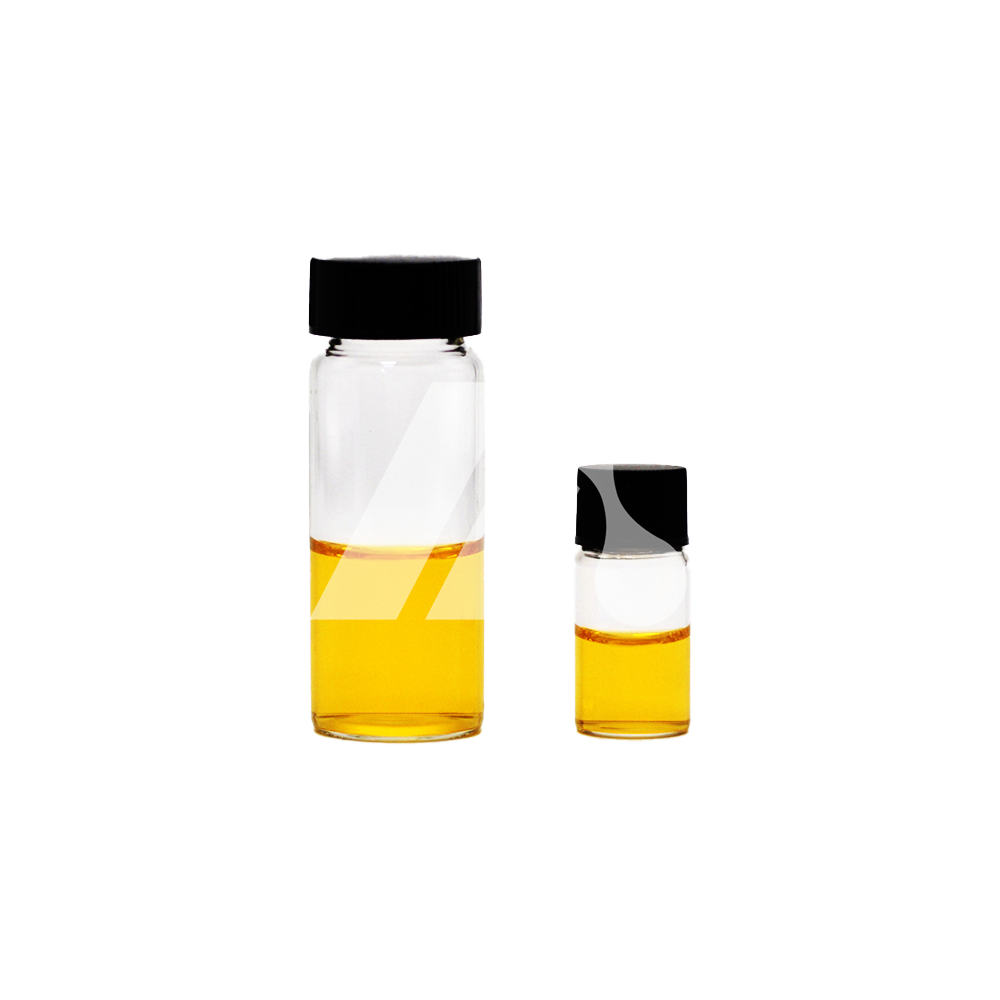CAS No.: 77182-82-2
Empirical Formula: C5H15N204P
EINECS: 278-636-5
Appearance: Light Yellow Liquid
Origin: CHINA
Glufosinate-ammonium is a non-selective herbicide that works by inhibiting key enzymes in plant metabolism. It only affects the site of application ensuring crop safety. The herbicide has been proven safe and effective for use worldwide since it was first marketed in 1984.
Application: Glufosinate-ammonium SL is widely used in more than 100 crops including soybeans, corn, canola and cotton. It is effective against a variety of annual and perennial broadleaf weeds and grasses, especially against glyphosate-resistant
weeds such as amaranth, ryegrass, etc.
IMPORTANT NOTICE:
1. Health effects: Eyes: May cause minor temporary corneal damage. Skin: Prolonged contact may cause minor skin irritation, Inhalation: May be harmful if inhaled, Ingestion: The toxicity of a single ingestion is extremely low, but maximum ingestion may cause liver damage.
2.First aid measures: In case of swallowing: Contact a doctor or poison control center immediately. Do not induce vomiting. Drink 2 glasses of water. Inhalation: Move victim to fresh air, perform artificial respiration if necessary and seek medical attention immediately Eye Contact: Flush with water for at least 15 minutes and seek medical attention immediately Skin contact: Take off contaminated clothing and wash skin with soap and water. If irritation persists, seek medical attention immediately.
Basic Info.
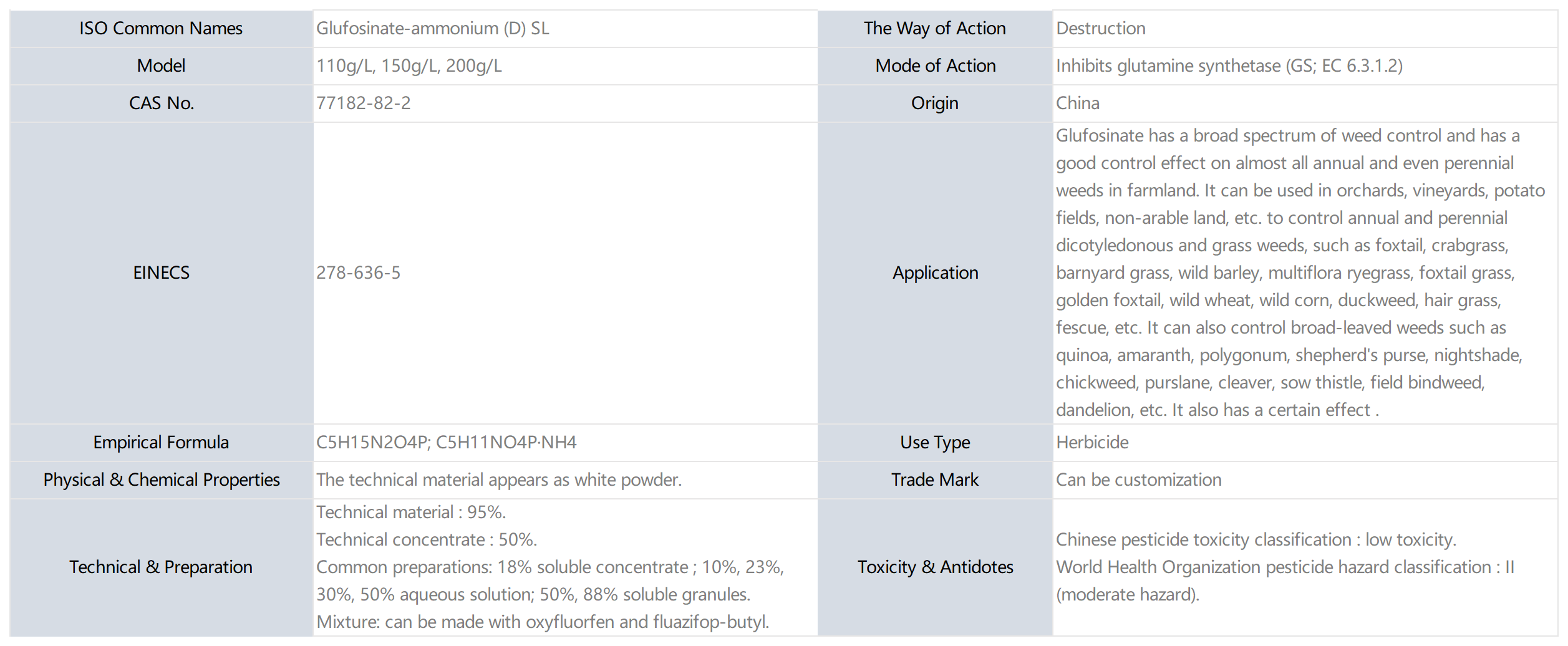
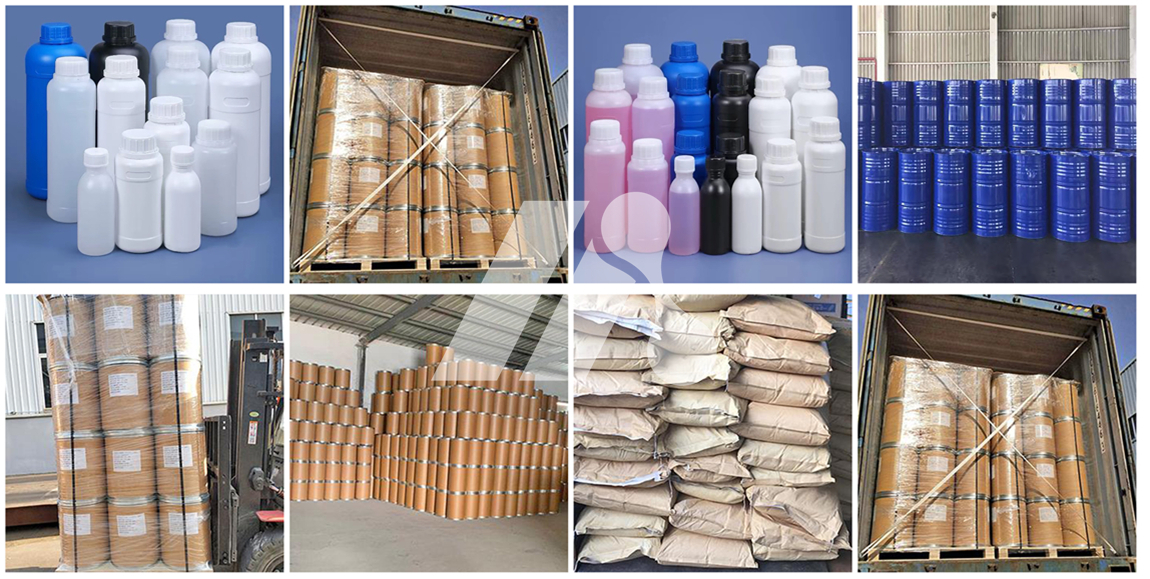
-
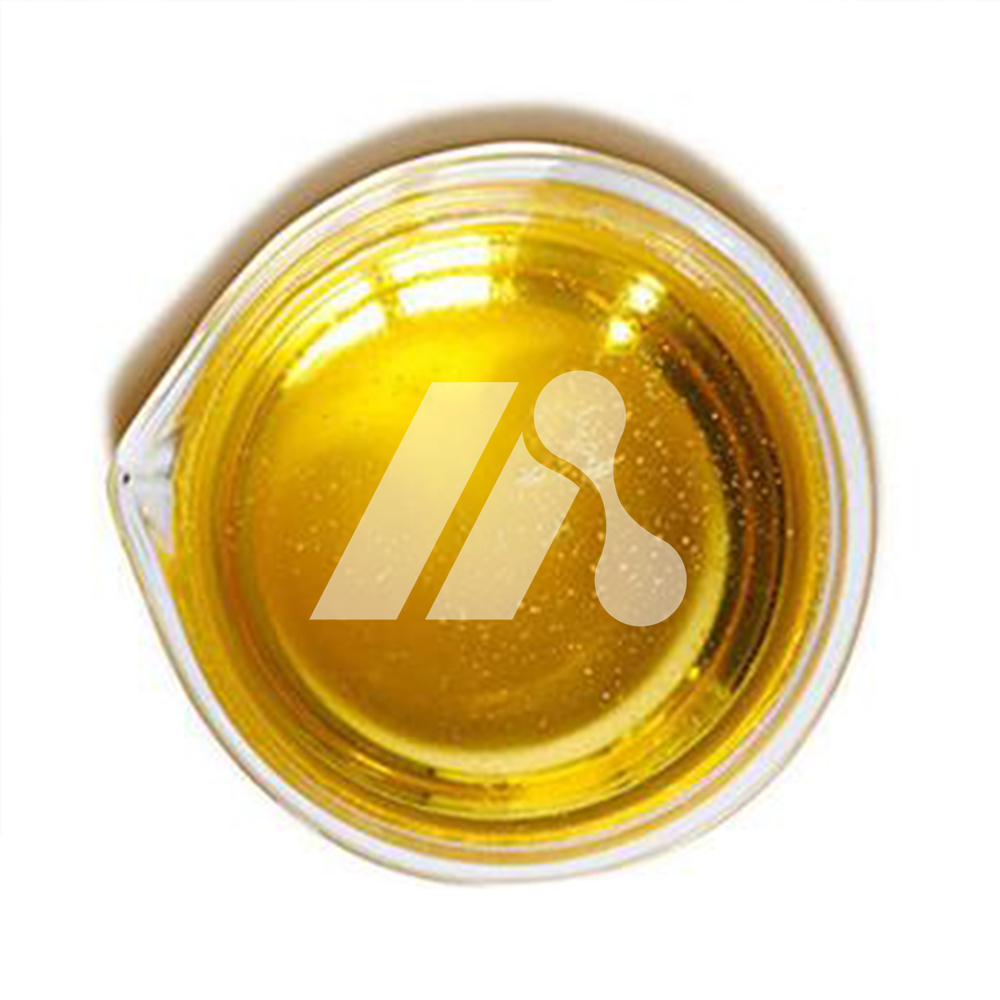 Glyphosate Isopropylamine
Salt SL 360g/L 450g/L 470g/L 510g/L
Glyphosate Isopropylamine
Salt SL 360g/L 450g/L 470g/L 510g/L
Glyphosate Isopropyl Ammonium Salt stands as a leading, widely-utilized herbicide. This potent blend is primarily composed of two key elements: glyphosate and isopropyl ammonium salt. Known as a non-selective growth inhibitor, glyphosate is absorbed by leaves and translocated throughout the plant, hindering specific enzyme activities. This disruption prevents plants from synthesizing essential amino acids, ultimately leading to their demise. CAS No.: 38641-94-0 1 kg (MOQ) -
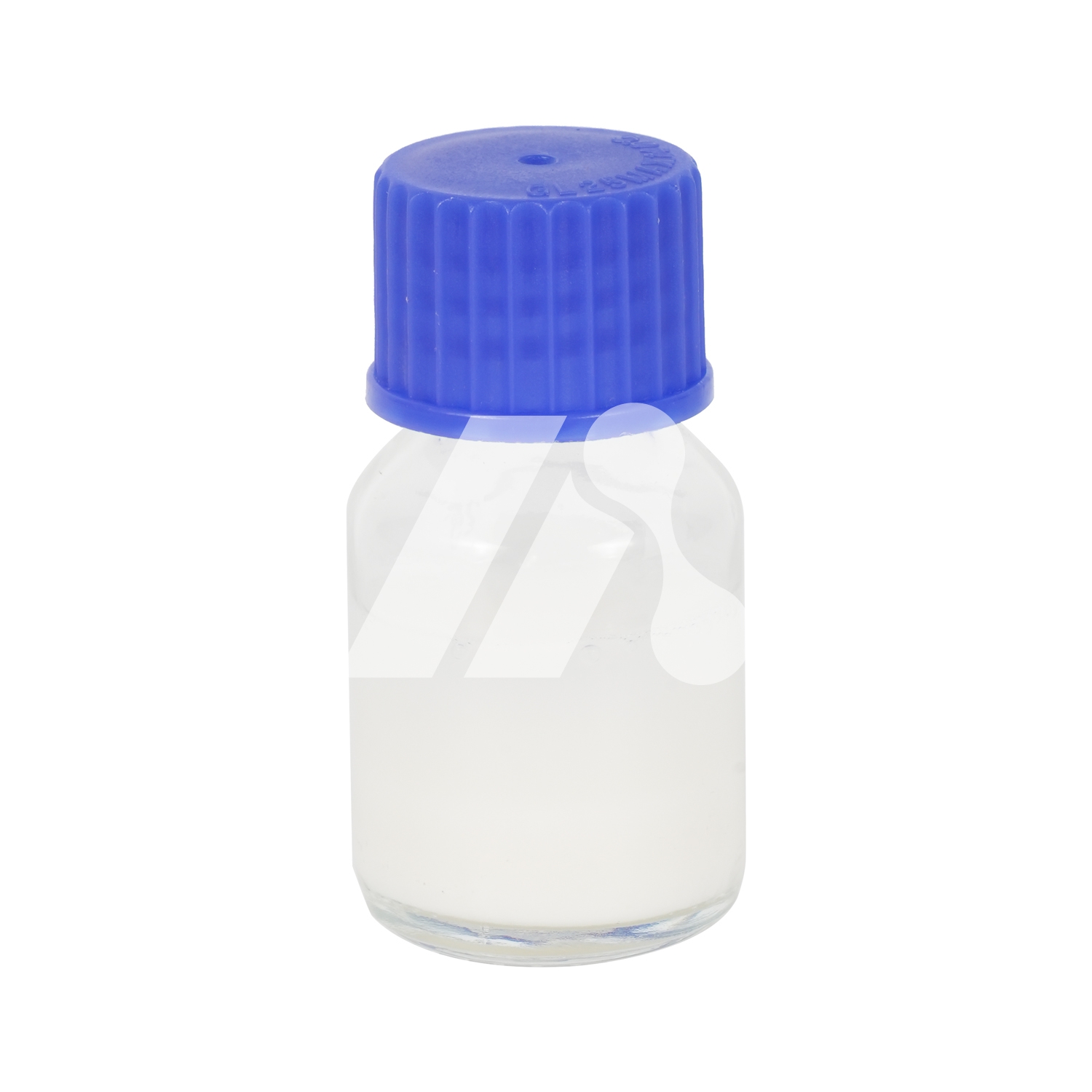 Glufosinate-P 90%
L-Glufosinate 90% (Glufosinate-P) is by far the only natural sense herbicide containing the C-P-C structure, which is about 4 times the grass glyphosate, which is twice the proclastation of the grass and two times the somatoscope (DL-type). Glufosinate-P adsorbs the activity of glutamine synthetase causing the cytotoxic ammonium ions to accumulate in the plant, destroying its photosynthesis.
CAS No.: 35597-44-5
1 kg (MOQ)
Glufosinate-P 90%
L-Glufosinate 90% (Glufosinate-P) is by far the only natural sense herbicide containing the C-P-C structure, which is about 4 times the grass glyphosate, which is twice the proclastation of the grass and two times the somatoscope (DL-type). Glufosinate-P adsorbs the activity of glutamine synthetase causing the cytotoxic ammonium ions to accumulate in the plant, destroying its photosynthesis.
CAS No.: 35597-44-5
1 kg (MOQ)
-
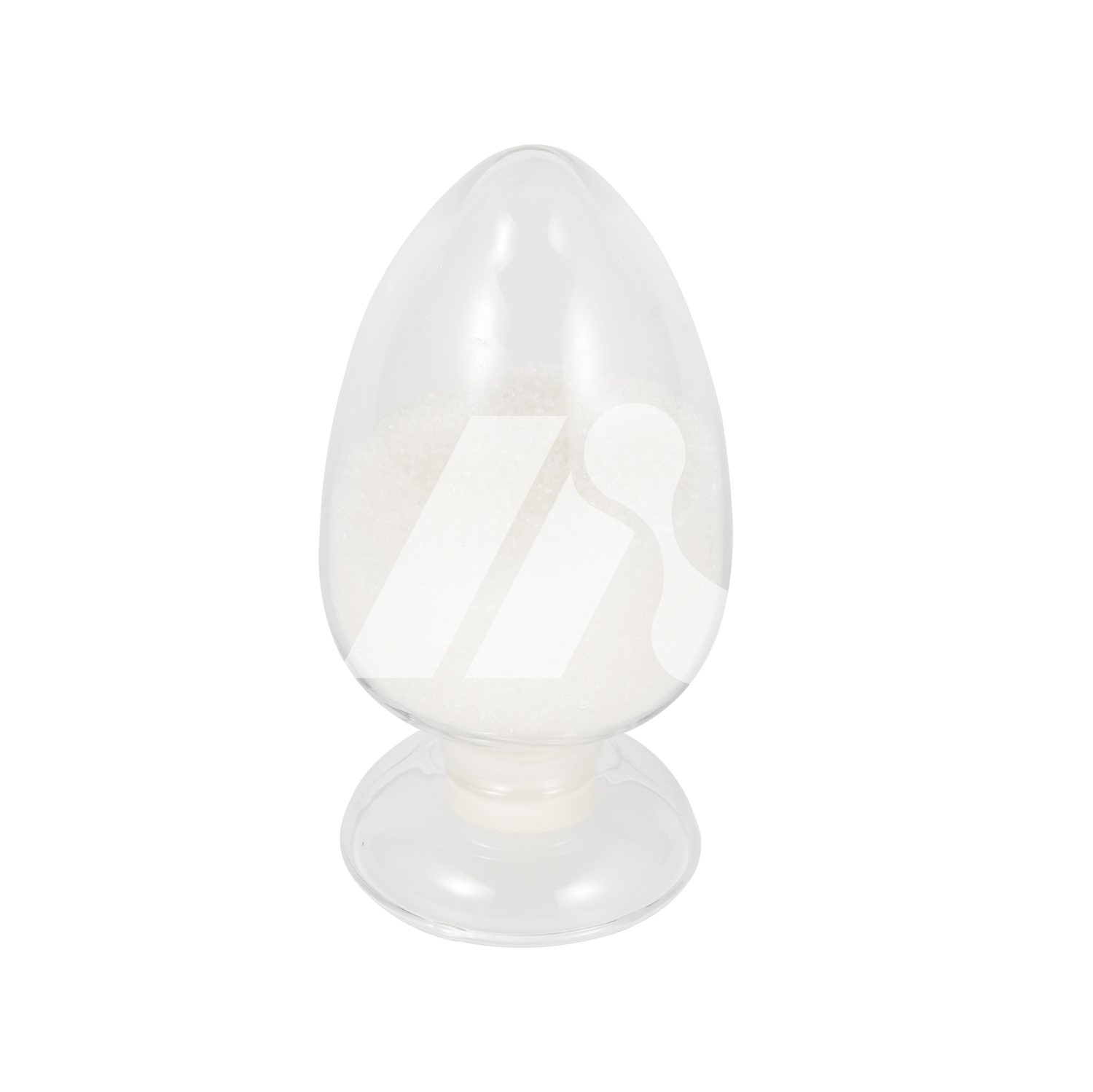 Tembotrione 98%
Tembotrione is a herbicide used to control grassy and broadleaf weeds in corn fields.Mainly used in corn fields, cyclosulfonate is a post-emergence HPPD (hydroxyphenylpyruvate dioxygenase) inhibitor herbicide. It works by blocking the plant's internal. The biosynthesis of isoprenylquinone causes chlorosis, discoloration, tissue necrosis, and ultimately the death of weeds within 2 weeks.
CAS No.: 335104-84-2
1 kg (MOQ)
Tembotrione 98%
Tembotrione is a herbicide used to control grassy and broadleaf weeds in corn fields.Mainly used in corn fields, cyclosulfonate is a post-emergence HPPD (hydroxyphenylpyruvate dioxygenase) inhibitor herbicide. It works by blocking the plant's internal. The biosynthesis of isoprenylquinone causes chlorosis, discoloration, tissue necrosis, and ultimately the death of weeds within 2 weeks.
CAS No.: 335104-84-2
1 kg (MOQ)
-
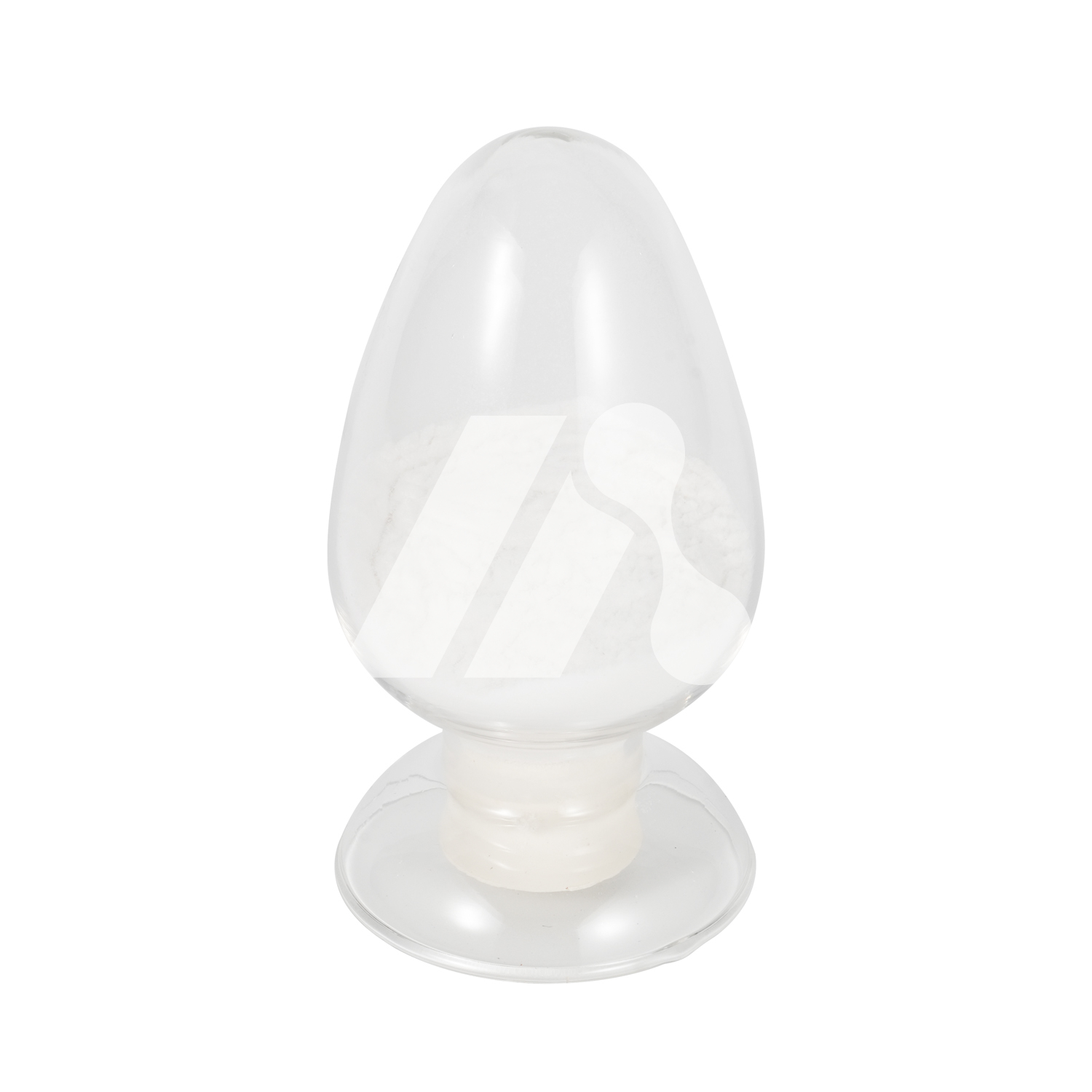 Glufosinate-Ammonium
Glufosinate-Ammonium 95% is mainly used for weed control in orchards, vineyards, potato fields, nurseries, forests, pastures, ornamental shrubs and no-till land, and controls annual and perennial grass weeds, such as foxtail, wild oats, crabgrass, barnyard grass, foxtail, bluegrass, creeping ice grass, bermudagrass, bentgrass, reed, fescue, etc.
CAS No.: 77182-82-2
1 kg (MOQ)
Glufosinate-Ammonium
Glufosinate-Ammonium 95% is mainly used for weed control in orchards, vineyards, potato fields, nurseries, forests, pastures, ornamental shrubs and no-till land, and controls annual and perennial grass weeds, such as foxtail, wild oats, crabgrass, barnyard grass, foxtail, bluegrass, creeping ice grass, bermudagrass, bentgrass, reed, fescue, etc.
CAS No.: 77182-82-2
1 kg (MOQ)
-
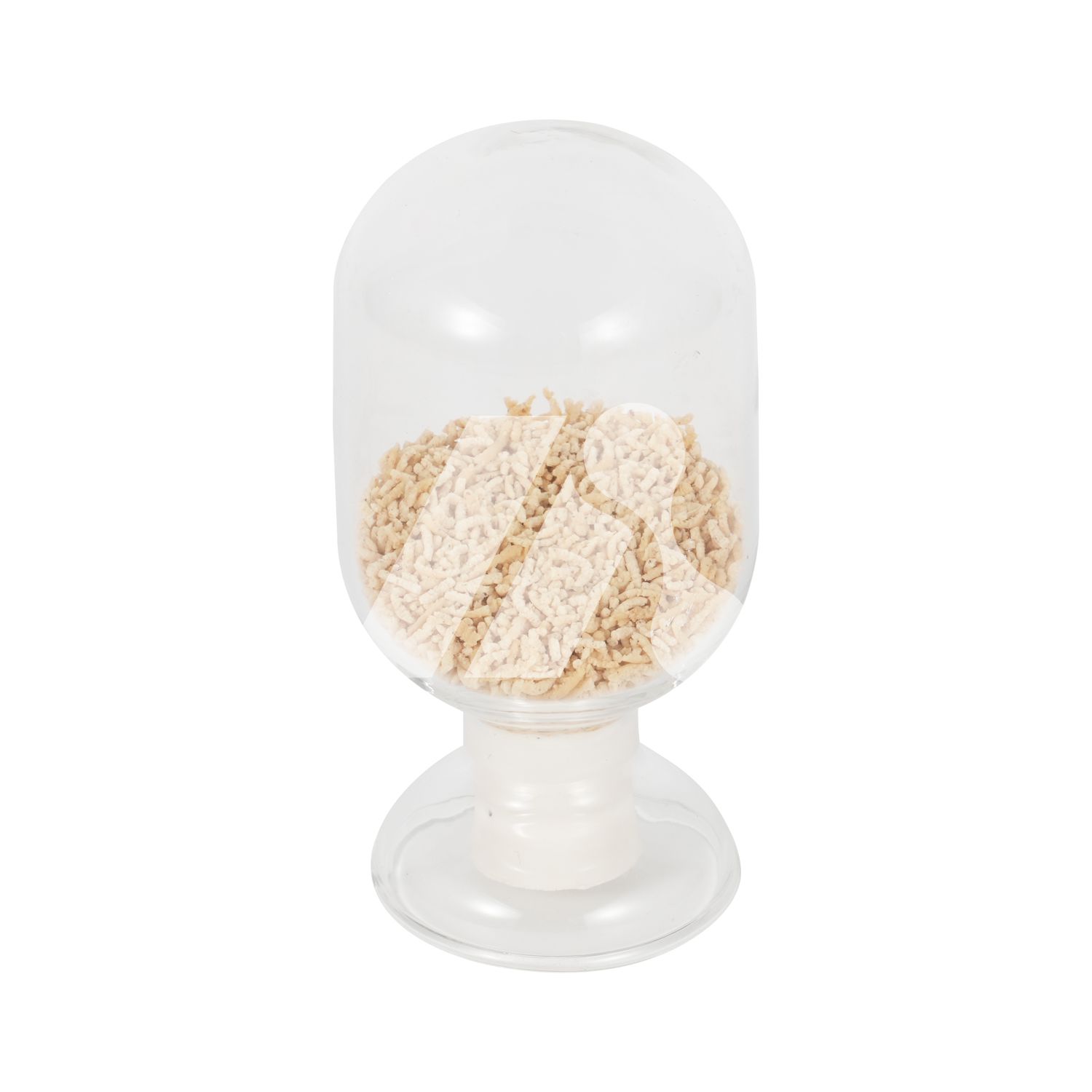 Glyphosate 97%
Glyphosate is a systemic broad-spectrum herbicide. It mainly inhibits the enolpyruvyl shikimate phosphate synthase in plants, thereby inhibiting the conversion of shikimate to phenylalanine, tyrosine and tryptophan, interfering with protein synthesis and leading to plant death. It was initially used in rubber plantations to control thatch and other weeds, which can enable rubber trees to be tapped one year earlier and old rubber trees to produce more.
CAS No.: 1071-83-6
1 kg (MOQ)
Glyphosate 97%
Glyphosate is a systemic broad-spectrum herbicide. It mainly inhibits the enolpyruvyl shikimate phosphate synthase in plants, thereby inhibiting the conversion of shikimate to phenylalanine, tyrosine and tryptophan, interfering with protein synthesis and leading to plant death. It was initially used in rubber plantations to control thatch and other weeds, which can enable rubber trees to be tapped one year earlier and old rubber trees to produce more.
CAS No.: 1071-83-6
1 kg (MOQ)

